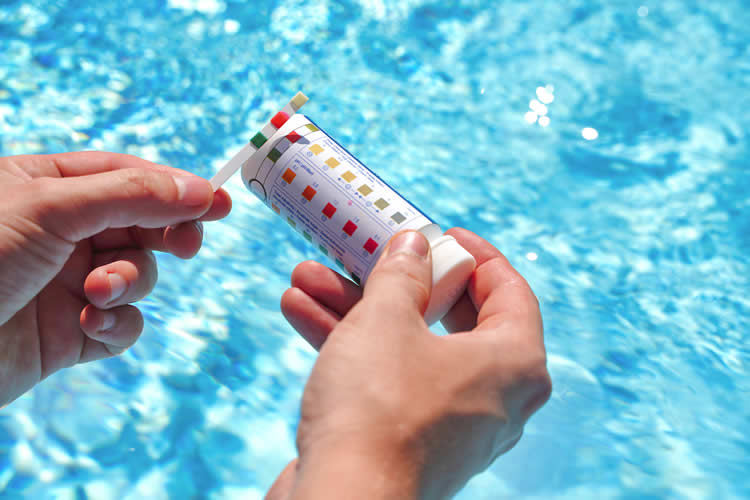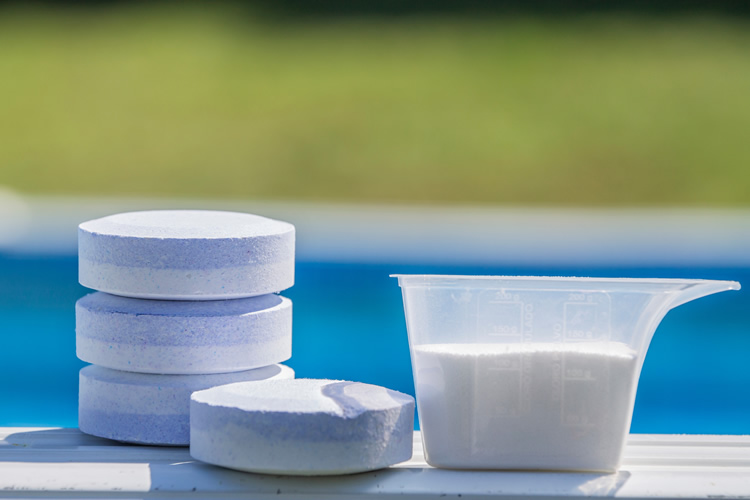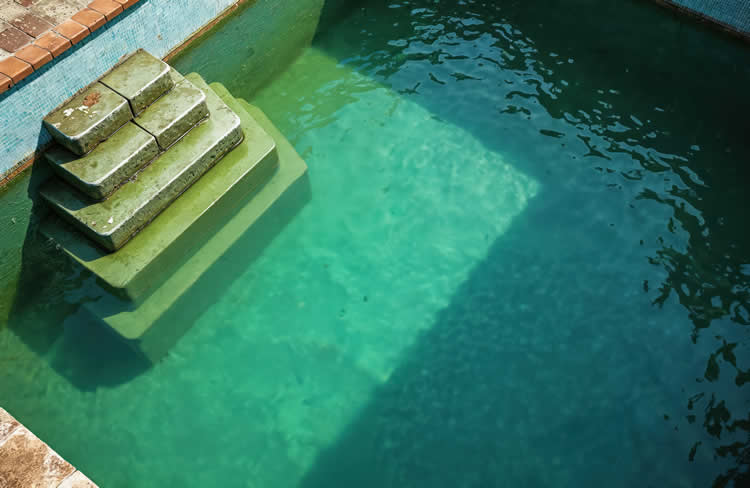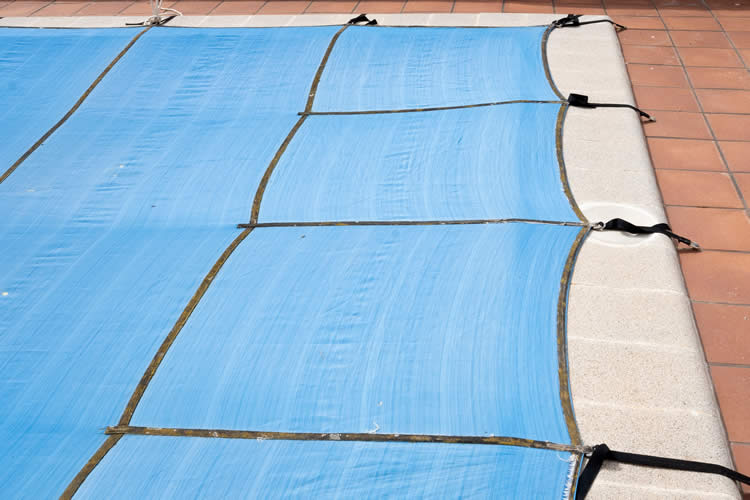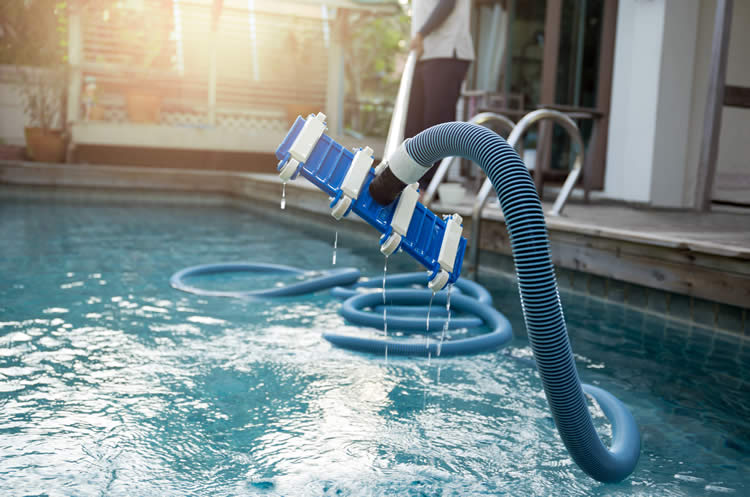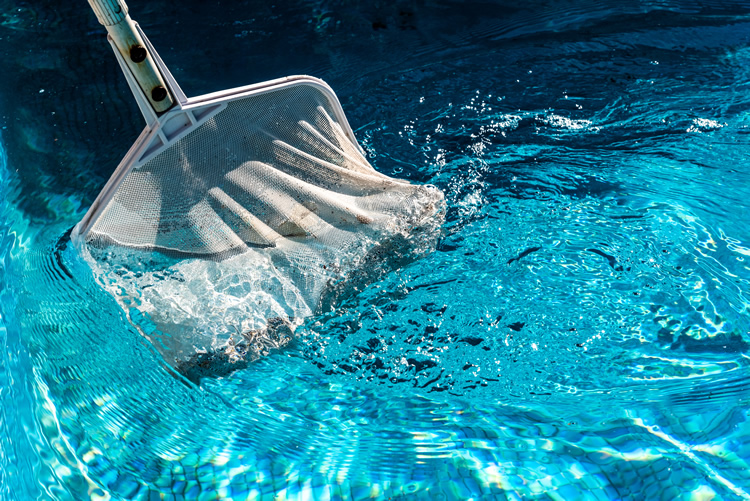How to Troubleshoot Common Pool Water Problems (Cloudy, Green, or Stained)
Even the cleanest pool can turn cloudy or green overnight — it’s one of those mysteries that drive homeowners crazy. You test, you shock, you clean, and still the water doesn’t look right.
Here’s the truth: most pool water issues come down to the same three things — chemistry, circulation, or filtration. When one gets out of balance, the water lets you know.
Let’s break down the most common pool water problems and how to fix them like a pro.
1. Cloudy Water
Cloudy water is the most frequent issue pool owners face. It’s not dangerous at first, but it’s the warning sign that your chemistry or filtration is off.
What Causes It:
- High pH or alkalinity (common in Georgia’s hard water)
- Dirty or clogged filters
- Low sanitizer levels (chlorine too low to kill bacteria)
- Heavy rain or pollen introducing contaminants
- Poor circulation — dead spots or weak return flow
How to Fix It:
- Test your water for pH, alkalinity, and chlorine. Adjust pH to 7.4–7.6 and chlorine to 2–4 ppm.
- Clean or backwash your filter. A dirty filter can’t trap fine particles.
- Brush the walls and floor to stir up debris so it can be filtered.
- Shock the pool if clarity doesn’t improve after 24 hours.
- Run the pump continuously until the water clears (often 24–48 hours).
If the water remains dull or milky after that, the issue may be filter media breakdown — especially if your sand or DE hasn’t been replaced in years.
Prevention Tip:
Run your pump long enough each day (8–12 hours in summer), and don’t skip filter maintenance. Think of filtration as your pool’s “lungs” — if they’re clogged, nothing works right.
2. Green Water
Green water is every pool owner’s nightmare, and it can happen fast — one hot day, a little missed chlorine, and suddenly you’ve got a swamp.
What Causes It:
- Algae growth due to low chlorine or high phosphate levels
- Warm, stagnant water
- Poor circulation or dead spots
- Contaminants from rain or runoff introducing algae spores
How to Fix It:
- Test and rebalance. Check chlorine, pH, and alkalinity. Low chlorine is almost always the root cause.
- Shock the pool heavily. Use a chlorine-based shock (not non-chlorine) and run the pump continuously for 24–48 hours.
- Brush all surfaces. Algae clings to walls and steps; brushing lets chlorine reach it.
- Vacuum to waste. Once dead, algae settles to the bottom — vacuum it out instead of recirculating.
- Clean the filter thoroughly afterward — you don’t want to trap spores.
Bonus Tip:
If the green has a metallic tint (more blue-green than pea soup), it could be metals — usually copper — oxidizing in the water, not algae. Metal-based algaecides can actually make this worse.
Prevention Tip:
Use a phosphate remover monthly and shock after heavy storms or pool parties. Phosphates feed algae like fertilizer, and Georgia’s tree pollen season can spike them fast.
3. Stained Water or Surfaces
Pool stains often sneak up slowly — a faint discoloration that deepens over time. The tricky part is identifying the cause because stains can come from several different sources.
Types of Stains:
- Metal stains: Reddish-brown (iron), greenish-blue (copper), or black (manganese).
- Organic stains: Leaf tannins, berries, pollen, or algae. Usually brown, yellow, or green.
- Scale deposits: White, chalky residue caused by high calcium or pH.
How to Identify:
Rub the stain with a vitamin C tablet.
- If it lightens, it’s metal-based (acid dissolves it).
- If chlorine removes it, it’s organic.
How to Fix It:
- Balance the water first. Unbalanced chemistry causes more staining over time.
- Use the right stain remover:
- Ascorbic acid for metals
- Enzyme-based removers for organic stains
- Scale removers or acid washes for calcium buildup
- Clean filters afterward. Many stain treatments release particles that clog filters.
- Consider a sequestrant. This binds metals and keeps them from redepositing.
Pro Tip:
If you’re on well water — common in North Georgia — metals are often introduced during refills. Using a metal filter or pre-fill filter helps prevent new staining.
4. Foamy or Oily Water
Foam or an oily film usually means there’s something in your water that doesn’t belong — body oils, sunscreen, or leftover algaecide.
Fix:
- Shock the pool and let it circulate overnight.
- Use an enzyme product to break down oils.
- Clean filters thoroughly afterward.
If you’re fighting foam after adding chemicals, check product labels — some low-quality algaecides are the culprit.
5. Cloudy After Shock?
Here’s a common misunderstanding: shocking the pool can make it cloudy before it clears. That’s actually normal. The chlorine is oxidizing particles that the filter will capture over the next day or two.
If the cloudiness lingers more than 48 hours, your filter needs attention.
When to Call for Help
Sometimes you’ve done everything right, and the problem keeps coming back. That’s when it’s time for a professional inspection. Persistent cloudiness or algae can indicate:
- Undersized equipment
- Hidden leaks
- Faulty check valves or plumbing blockages
- Calcium saturation in older plaster pools
A pro can test things the average homeowner can’t — flow rates, pressure consistency, and water chemistry beyond basic test kits.
The Georgia Factor
Our local environment doesn’t make it easier. Warm weather, frequent rain, and pollen season create perfect storm conditions for algae and stains.
That’s why many homeowners in metro Atlanta and North Georgia schedule professional cleanings or water tests once a month — even if they handle daily maintenance themselves.
It’s the simplest insurance against a full-blown “green pool weekend.”
The Takeaway
Every pool owner faces cloudy or green water at some point — it’s part of the learning curve. But once you know what causes it and how to respond, you’ll handle it with confidence.
Keep your filter clean, your chemistry balanced, and your pump running long enough each day, and most water problems never get a chance to start.
And when they do? You’ll have the tools (and the patience) to fix them quickly — before your backyard starts looking like a frog pond.

